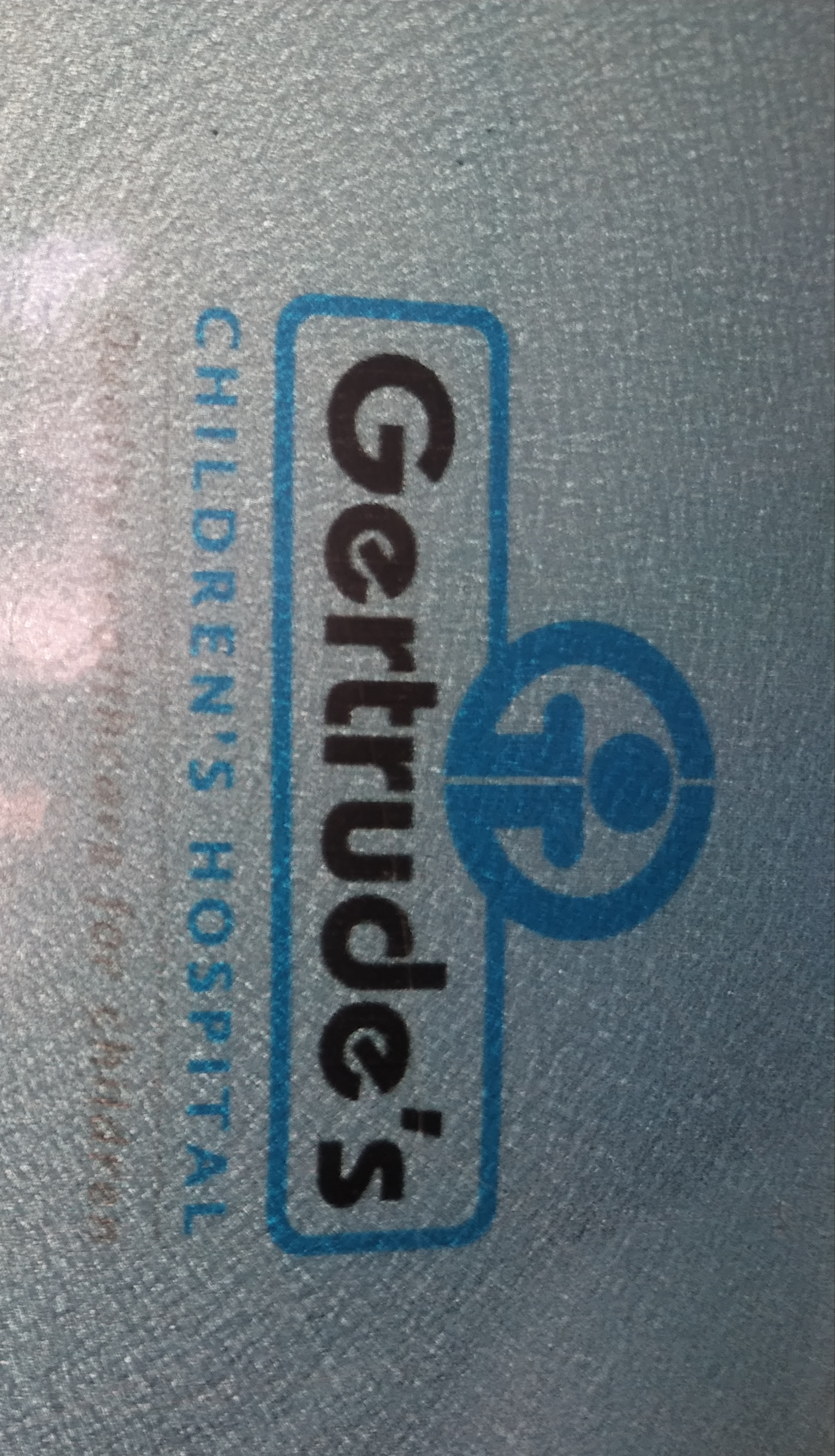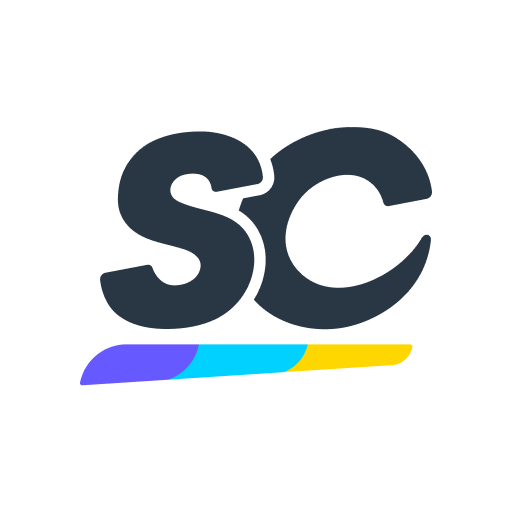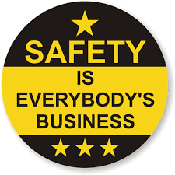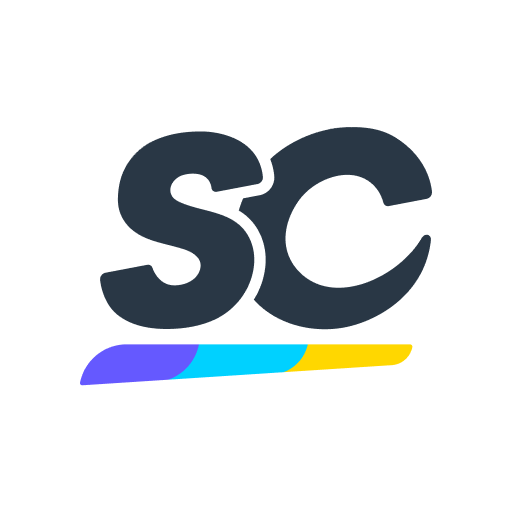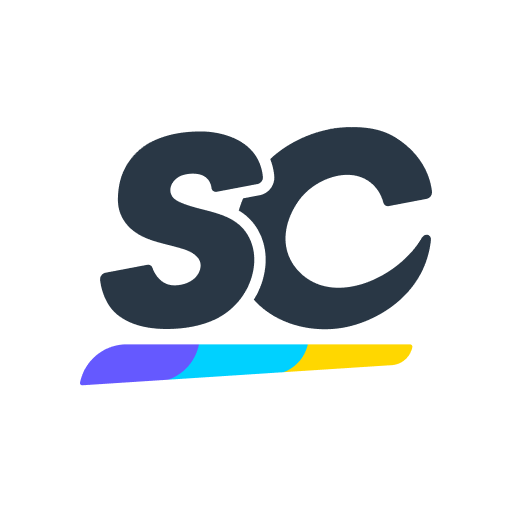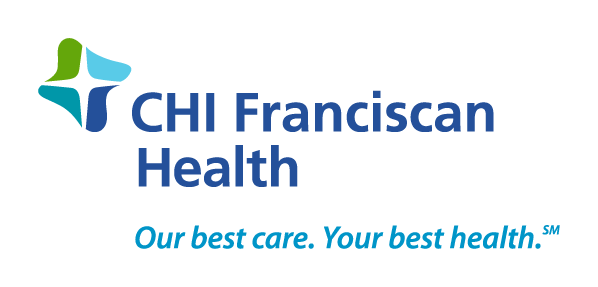Title Page
-
Site conducted
-
Client / Site
-
Conducted on (Date and Time)
-
Inspected by
-
Location
Walkways and Working Surfaces
-
Are walkways and working surfaces clean and clear of debris
-
Are working surfaces kept dry, or are other protective measures in place that include drainage, false floors, platforms, mats, and designated dry standing areas?
-
Are slippery conditions, such as rain and leakages eliminated in designated walkways and working surfaces?
-
Are obstructions, such as nails, splinters, holes or loose boards eliminated from walkways and working surfaces?
-
Are tools, materials, equipment, and other objects kept clear of walkways to allow for adequate passage?
-
Are hoses and electrical service cords positioned to prevent injury to workers or damage to the hoses and cords themselves (e.g., crossover planks, beneath grating, stowed overhead)?
-
Are exit routes clearly marked “Exit,” as well as indicating the direction of travel to the exit, if not immediately apparent?
-
Are doorways, emergency exits, fire protection equipment, electrical panels, eyewash stations, and safety showers free from obstructions?
-
Are passageways, walkways, and working surfaces kept clear of steel shot or similar abrasives that may create a slipping hazard?
Lighting
-
Are lighting fixtures in good working order?
-
Are lighting fixtures clean, allowing for optimal lighting levels?
-
Are exit routes, accessways, gangways, stairs, work areas and walkways sufficiently lit in accord with fire safety codes
-
Are workers provided with a flashlight or other portable light provided nearby before entering dark holds, compartments, decks, or other spaces?
Dust and Dirt Removal
-
Is there a program in place and followed that prevents the accumulation of dust on floors, decks, and ledges, particularly outside of abrasive-blasting enclosures?
-
Is sufficient ventilation in place to (1) provide good operator visibility, (2) prevent dust from settling and accumulating in the room, (3) reduce dust concentrations, and (4) prevent the escape of contaminants into adjacent work areas or the environment?
-
Are dust residues cleaned at regular intervals and in areas that may be normally overlooked (e.g., overhead)?
-
Are cleaning methods in place to minimize dust clouds, particularly where ignition sources are present?
-
Are vacuum cleaners approved for dust collection onsite and used?
Sanitation Facilities
-
Is potable water made available to workers for drinking, cooking, food preparation, worker health, and personal needs?
-
Are non-potable water outlets clearly marked "NOT SAFE FOR HEALTH OR PERSONAL USE"?
-
Are toilets clean, serviceable, and adequate in number at the worksite?
-
Are handwashing facilities adjacent to each toilet facility and do they contain: hot and cold or lukewarm running water and soap, or waterless skin-cleansing agents; clean, single-use hand towels stored in a sanitary container, clean individual sections of continuous cloth toweling, or air blowers; and a sanitary means for disposing of single-use hand towels?
-
Is there a schedule for servicing, cleaning, and supplying each facility in place?
-
Is servicing, cleaning and supplying schedule being followed?
-
Are changing rooms available for workers to change into and from protective clothing to prevent contamination from hazardous or toxic substances?
-
Do changing rooms provide privacy for each gender?
-
Do changing rooms provide separate storage facilities for street clothes?
-
Do changing rooms provide separate storage for protective clothing?
-
Are designated areas provided for the consumption or storing of food, beverages, and tobacco products? Are these areas free from exposure to toxic substances?
Vermin Control
-
Is there a vermin control program in place that is maintained?
-
Is the work area constructed, equipped, and maintained to prevent the entrance or harborage of rodents, insects, and other vermin?
Control of Spills
-
Is machinery equipment , work tops clean and maintained regularly?
-
Are drip pans and guards in place to catch possible spills?
Material Handling and Storage
-
Are flammable and combustible substances, such as paint thinners, solvents, rags, scrap, and waste, being disposed of or stored in covered, fire-resistant containers at the end of each work shift, or when the job is completed, whichever occurs first?
-
Has gear and equipment, used for materials handling and rigging, been inspected for safety before each shift and at intervals throughout the shift? Is defective gear or equipment replaced or repaired?
-
Are appropriate danger or caution signs in place to notify workers of possible hazards?
-
Are materials stored in their designated place and stacked to avoid fall or collapse?
Storage and Maintenance of Tools and Equipment
-
Are tools inspected, cleaned and repaired regularly?
-
Are damaged or worn tools removed from service?
-
Are all fire extinguishers, electrical panels, eyewash stations, and safety showers inspected and tested routinely and kept in working order?
Waste Disposal
-
Are there enough garbage cans in designated break areas and other locations where trash may accumulate? Are they big enough for the volume of waste?
-
Are garbage cans constructed of noncorrosive, leak-proof, and easy to clean material, or are they disposable?
-
Is there a schedule in place and followed for emptying garbage cans to prevent overfilling?
-
Are garbage cans intended for disposing of food emptied daily and outfitted with solid tight-fitting covers?
Safety Data Sheets
-
Does the staff know how to retrieve the hamat inventory list
-
Do the staff know how to retrieve the SDS
-
Completion
-
Recommendations
-
Full Name and Signature of the Inspector
